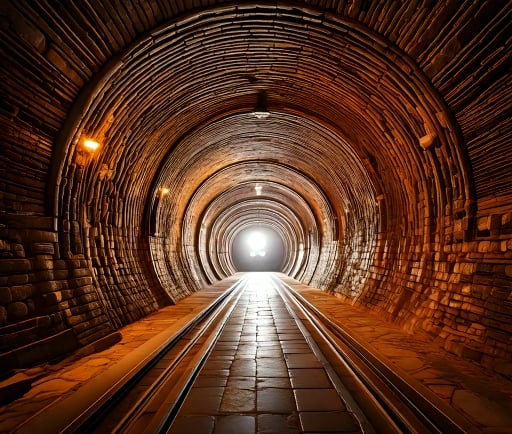Quantum Tunneling: A Journey Through Energy Barriers


What is Quantum Tunneling?
Quantum tunneling is a fascinating phenomenon in quantum mechanics where particles can pass through energy barriers that, according to classical physics, they should not be able to surmount. This extraordinary occurrence challenges our understanding of the physical world and has profound implications in various fields, including quantum computing and nuclear physics. In essence, quantum tunneling allows particles to 'tunnel' through barriers, effectively enabling them to traverse defined spaces that would normally be insurmountable under traditional physics.
The Mechanics of Quantum Tunneling
At the core of quantum tunneling lies the principle of wave-particle duality, which asserts that all particles exhibit both wave-like and particle-like characteristics. When a quantum particle approaches an energy barrier, it does not simply reflect back if it lacks sufficient energy to overcome the barrier. Instead, the wave function associated with the particle permeates the barrier, creating a possibility for the particle to emerge on the other side. This phenomenon implies that quantum particles can, in a certain sense, traverse distances instantaneously, potentially even faster than light within the confines of their 'tunneling' paths.
Applications and Implications of Tunneling
Quantum tunneling is more than just a theoretical concept; it has practical applications in various fields. For instance, it plays a crucial role in nuclear fusion, where atomic nuclei can overcome repulsive forces at lower energies than would be expected through classical approaches. Moreover, it is pivotal in the functioning of semiconductor devices, where tunneling facilitates the flow of electrons, enabling the development of advanced technologies such as transistors and diodes.
As we delve deeper into the realm of quantum mechanics, we uncover the possibility of utilizing this phenomenon for innovative technologies. Quantum tunneling may not only enhance our understanding of the universe but could also lead to futuristic applications like quantum teleportation, where information and energy could theoretically be transmitted instantaneously across vast distances. The intriguing concept of particles moving faster than light within tunnels represents a potential paradigm shift in how we perceive connectivity in our universe.
In conclusion, quantum tunneling exemplifies the wonder of quantum mechanics, showcasing how particles can traverse barriers and exist in ways that challenge our instinctive understanding of physics. As research continues to unfold, the implications of this phenomenon promise to reshape technology and our comprehensibility of the cosmos.
